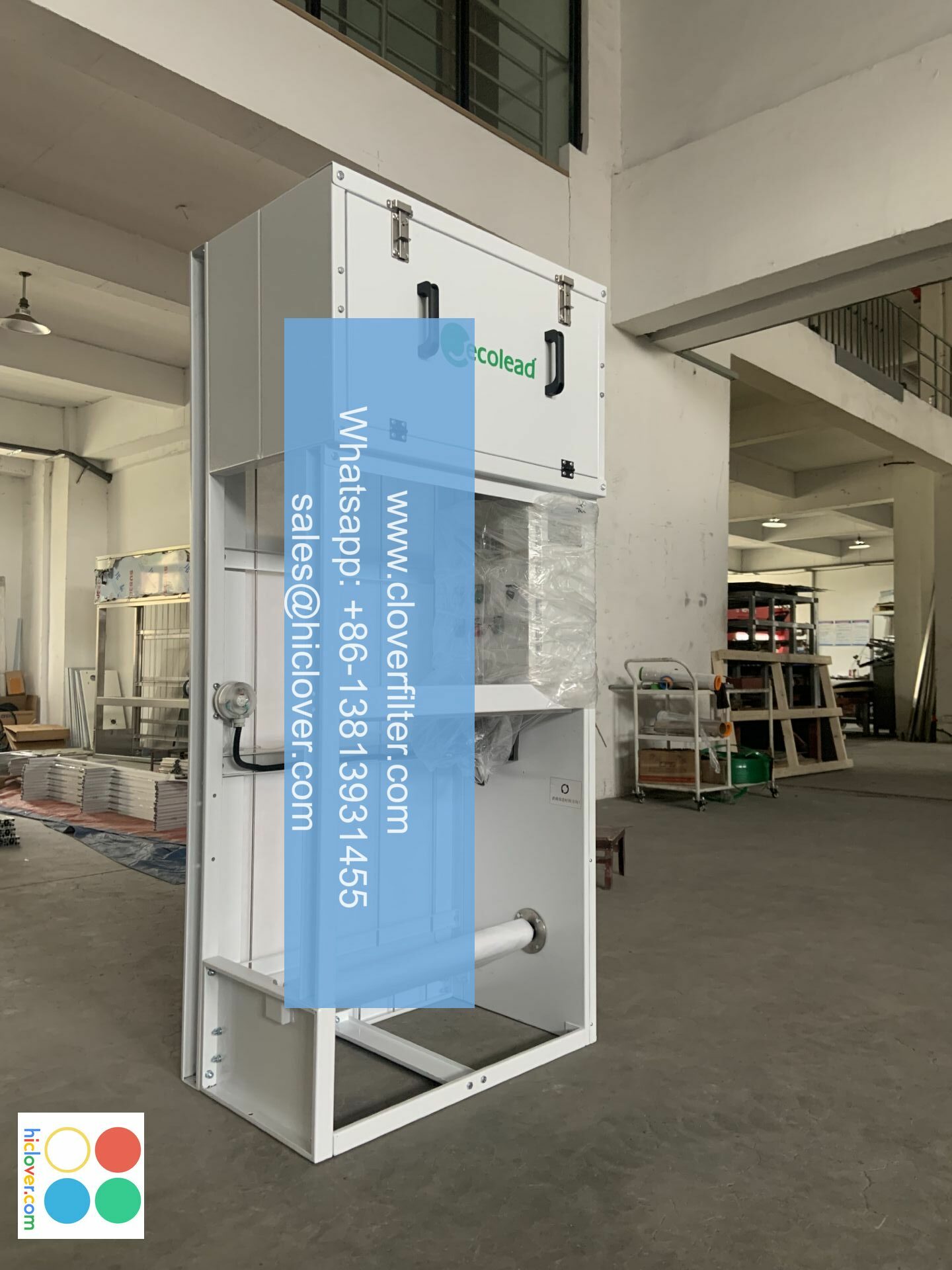The Science Behind Air Filter Technology

The Science Behind Air Filter Technology: Understanding the Essence of Clean Air
Introduction
Air quality is a critical aspect of our daily lives, and the need for effective air filtration systems has become increasingly crucial. With the rising concern for indoor air pollution, it is essential to understand the science behind air filter technology and its various applications. In this article, we will delve into the world of air filter technology, exploring the science behind its operation, the different types of filters, and their suitability for various applications.
The Science of Air Filters
Air filters work on the principle of capturing impurities and pollutants, such as particulate matter, gases, and volatile organic compounds (VOCs), using a combination of physical and chemical mechanisms. The most common types of air filters are:
Mechanical Filters (Fiber-Based)
These filters use a matrix of fibers, usually made of polyester, polypropylene, or fiberglass, to trap particles and debris. The fibers have varying diameters and lengths, allowing for the filtration of particles of different sizes. Mechanical filters are ideal for:
☑️ Fume hoods and laboratories
☑️ HVAC systems, especially in industrial settings
☑️ Home air purification systems
Activated Carbon Filters (Chemical Adsorption)
These filters use activated carbon, a highly porous material with high surface area, to absorb gases, odors, and VOCs. Activated carbon filters are perfect for:
☑️ Odor control in commercial and residential properties
☑️ Reducing airborne pollutants in medical facilities
☑️ Removing contaminants in water treatment systems
Electrostatic Filters (Electrostatic Precipitation)
These filters use an electrostatic charge to attract and trap pollutants, such as dust, pollen, and pet dander. Electrostatic filters are ideal for:
☑️ Residential and commercial HVAC systems
☑️ Smart air purifiers and HEPA allergen removers
The Importance of MERV Ratings and HEPA
MERV (Minimum Efficiency Reporting Value) ratings measure an air filter’s ability to capture particles of a specific size. HEPA (High-Efficiency Particulate Air) filters are a type of mechanical filter with a MERV rating of 17.5 or higher, capable of capturing 99.97% of particles as small as 0.3 microns. MERV 11-13 filters are suitable for general residential use, while MERV 14-16 filters are recommended for commercial and industrial applications.
Conclusion
The science behind air filter technology is complex, but understanding the different types of filters, their mechanisms, and applications can help individuals and businesses make informed decisions about their air quality needs. By choosing the right air filter for their specific requirements, people can enjoy cleaner, healthier, and fresher air.
Recommended Reading
- "Air Filter Types and Their Applications" by the North American Insulation Manufacturers Association (NAIMA)
- "A Guide to Choosing the Right Air Filter" by the Environmental Protection Agency (EPA)
- "Air Purifier Technology: Understanding the Science" by the American Lung Association (ALA)
Further Resources
- American Society of Heating, Refrigerating and Air-Conditioning Engineers (ASHRAE)
- American Industrial Hygiene Association (AIHA)
- Environmental Protection Agency (EPA) Air and Radiation Program
By understanding the science behind air filter technology, we can take the first step towards a healthier, cleaner, and more sustainable future.
I’m ready to help! What’s your prompt?

